
Micro switches are tiny yet powerful components that play a crucial role in various electronic devices and systems. These versatile switches are known for their precision, reliability, and durability, making them essential in numerous applications across industries.
In this section, we will delve into the basics of micro switches, explore the various types available, and discuss their wide-ranging applications in electronics, appliances, automotive systems, and more. Whether you are a seasoned professional or new to the world of micro switches, this guide will provide valuable insights into these essential components.
What is a micro switch?
A micro switch, also known as a miniature snap-action switch, is a small, sensitive switch designed to detect even the slightest change in physical position. It consists of a mechanism composed of a spring-loaded lever or roller, a set of electrical contacts, and an actuator. When external force is applied to the actuator, the contacts either connect or separate, initiating or interrupting an electrical circuit.
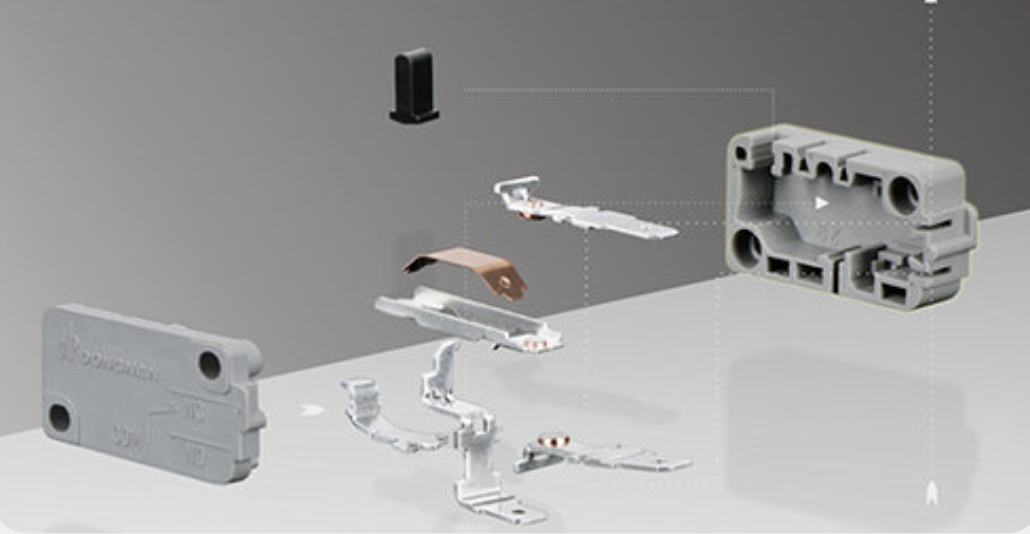
How does a micro switch work?
A micro switch works based on a combination of mechanical action and electrical conductivity. It typically consists of a movable actuator (often called an actuating lever) and a fixed contact point.
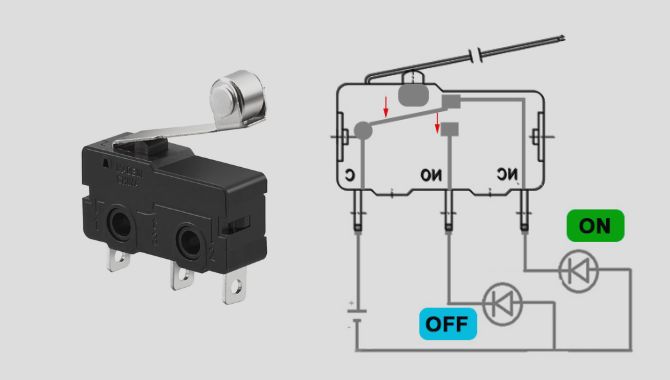
Here’s how a micro switch works:
Mechanical Action:
When an external force is applied to the actuator of the micro switch, it moves or flexes. This mechanical movement is usually very small but is enough to trigger the switch.
Electrical Conductivity:
As the actuator moves, it causes the movable contact point on the actuator to come into contact with or move away from the fixed contact point within the switch. When the contacts touch, it completes an electrical circuit, allowing current to flow through the switch. This is known as the “closed” position.
Switching State:
Conversely, when the external force is removed or reduced below a certain threshold, the actuator returns to its original position due to its spring or mechanical design. This movement causes the contacts to separate, interrupting the electrical circuit and stopping the flow of current. This is known as the “open” position.
In summary, a micro switch works by converting mechanical motion into electrical signals. It reacts to changes in its environment, such as pressure, movement, or position, by either closing or opening an electrical circuit. This makes it suitable for various applications where precise control and rapid response are required, such as limit switches, safety switches, and push-button switches.
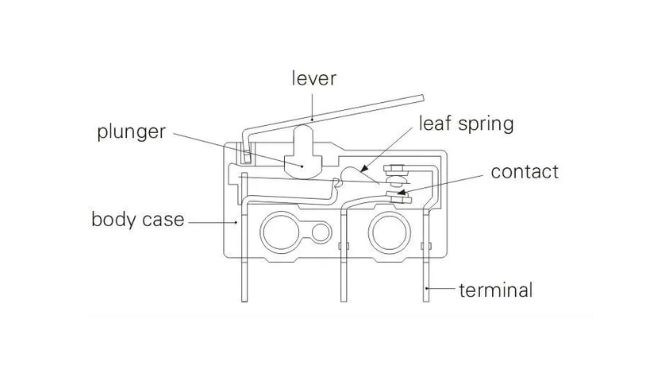
Micro switch types
When looking for micro switches for sale, it’s important to understand the different types available. Each type serves specific functions and can be tailored to suit different requirements. Micro switches can be classified into various types based on their structure, functionality, and application scenarios.
Size:
Micro switches can be categorized into basic, small-sized, and ultra-small-sized micro switches based on their dimensions.
– Basic Micro Switches:
They have relatively standard dimensions and are suitable for general applications.
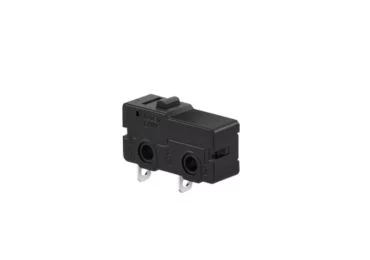
– Small-sized Micro Switches:
These switches are more compact and suitable for limited space scenarios.
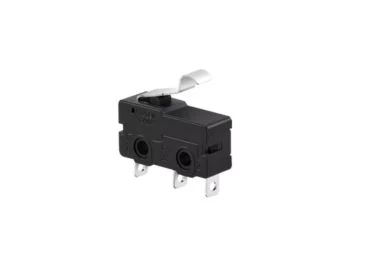
– Ultra-small-sized Micro Switches:
With extremely small dimensions, they are suitable for applications with highly restricted space, such as miniature electronic devices.
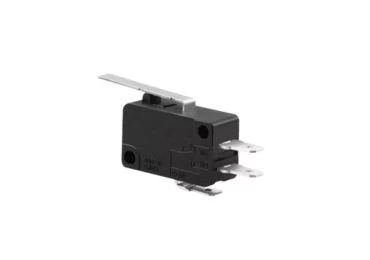
– Protection Performance:
Micro switches can be classified into waterproof, dust-proof, and explosion-proof types based on their protection capabilities.
– Waterproof Micro Switches:
They can maintain normal operation even in wet environments or when subjected to liquid splashes.
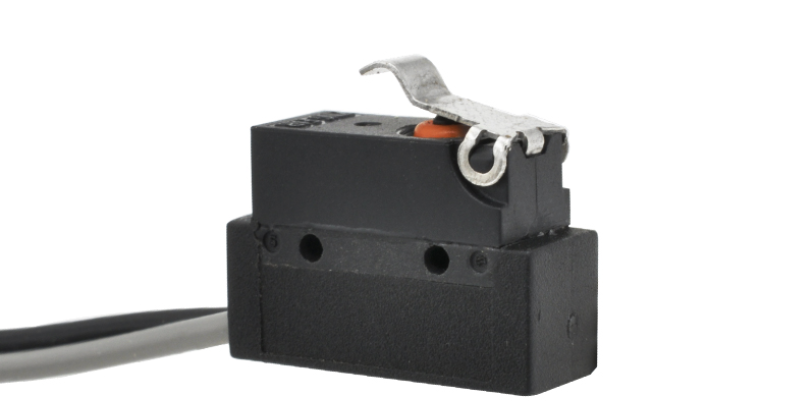
– Dust-proof Micro Switches:
These switches prevent dust, particles, or other small impurities from entering the internals, ensuring unaffected switch operation.
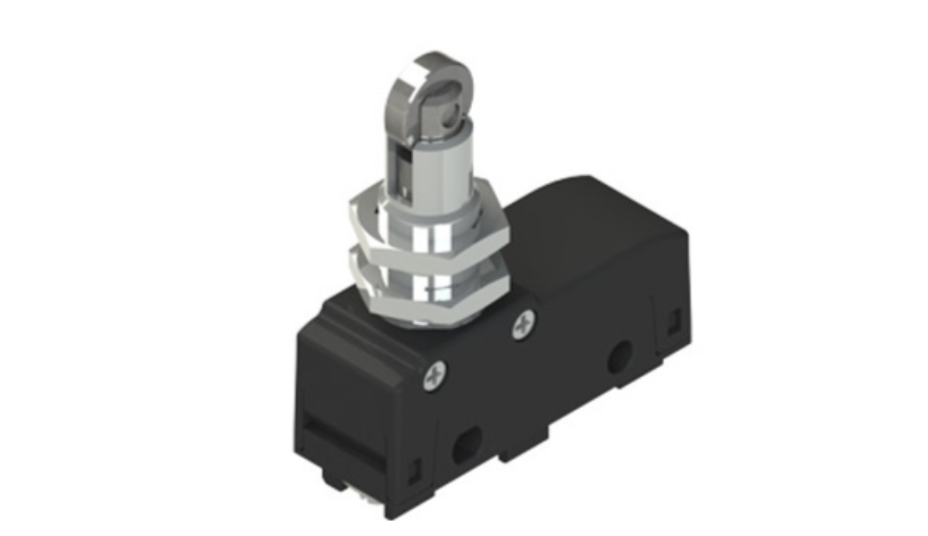
– Explosion-proof Micro Switches:
Specifically designed for safe use in explosive environments, they prevent sparks or explosions.
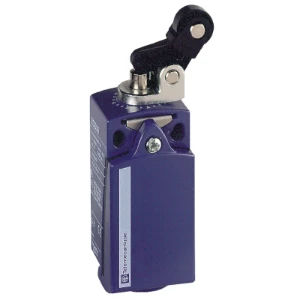
-Breaking Capacity:
Micro switches can be categorized into single-pole, double-pole, and multi-pole micro switches based on their breaking capacity.
– Single-pole Micro Switches:
They control the connection and disconnection of a single circuit.

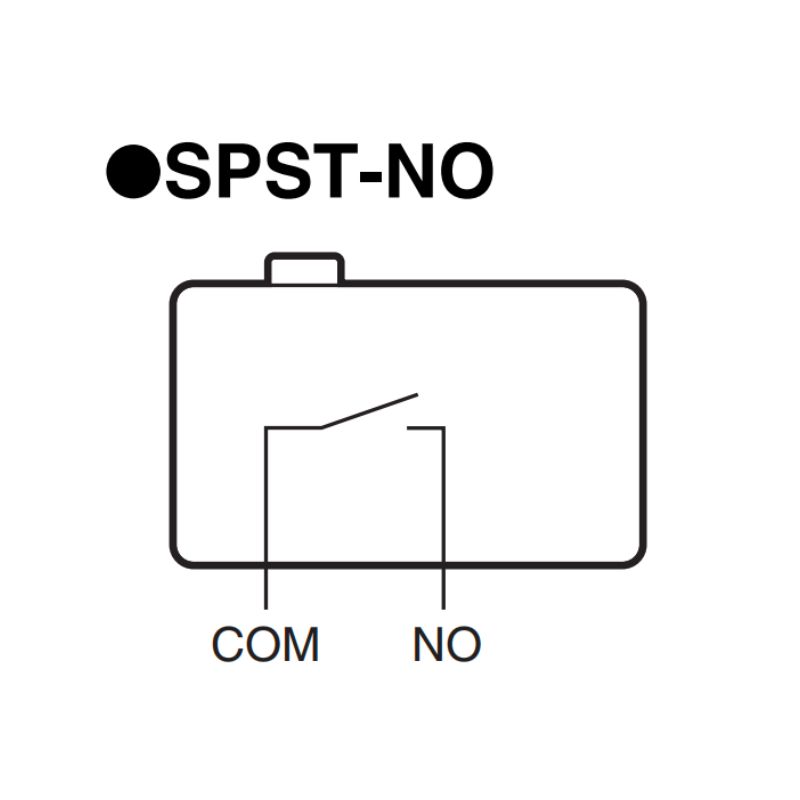
– Double-pole Micro Switches:
Capable of simultaneously controlling two independent circuits.
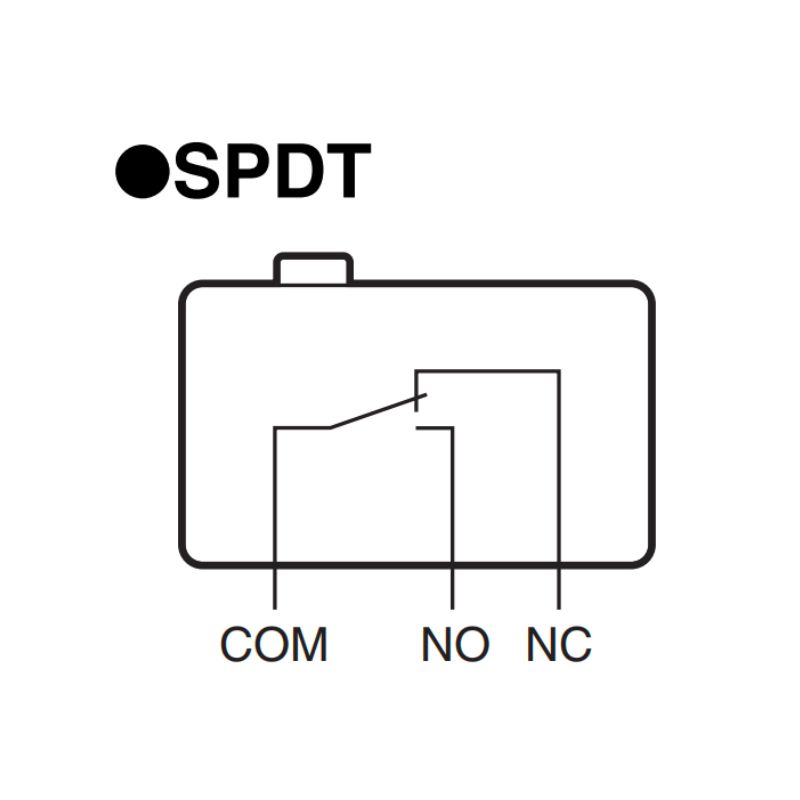
– Multi-pole Micro Switches:
They can control the connection and disconnection of multiple independent circuits.
Operating Environment:
Micro switches can be classified into ordinary, high-temperature resistant, and super high-temperature resistant ceramic types based on the operating environment.
– Ordinary Micro Switches: Suitable for general environmental conditions.
– High-Temperature Resistant Micro Switches (250°C): Capable of operation in high-temperature environments.
– Super High-Temperature Resistant Ceramic Micro Switches (400°C): Possess extremely strong high-temperature resistance and are suitable for extremely high-temperature environments.
Micro switch applications
The versatility of micro switches lends them to a wide range of applications across various industries. Some common applications include:
In appliances, micro switches are commonly found in refrigerators, washing machines, and microwave ovens to ensure proper functioning and safety features.
The automotive industry extensively utilizes micro switches for applications like door locks, power windows, and seat adjustment mechanisms. These switches contribute to the smooth operation of various vehicle functions.
In industrial machinery, micro switches are integral components in equipment such as conveyor systems, safety interlocks, and limit switches. Their high precision and durability make them ideal for demanding industrial environments.
Electronic devices like printers, computer peripherals, and home automation systems also rely on micro switches for user interface controls and feedback mechanisms. The compact size and precise actuation of these switches make them indispensable in modern electronic devices.
Medical devices rely on micro switches for precise control and detection in applications like infusion pumps, patient monitors, and surgical instruments.


